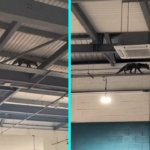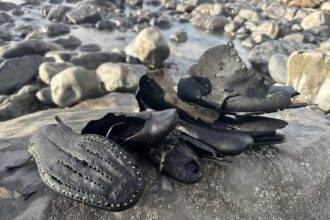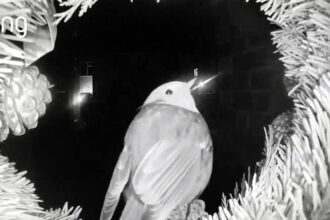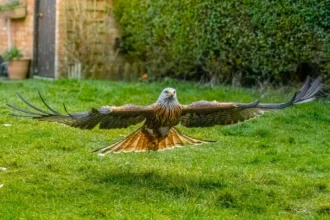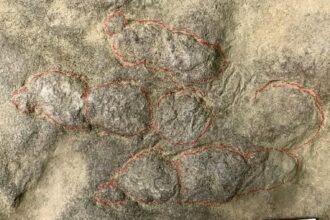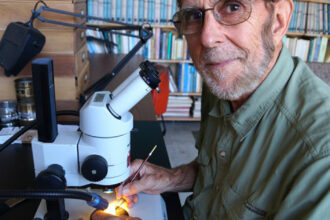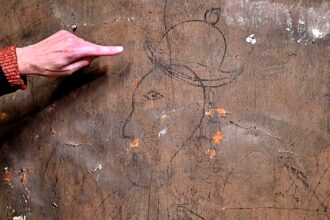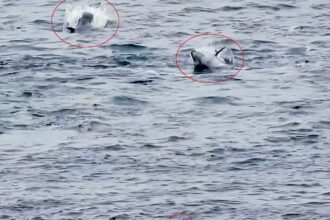A unique modern example of one of the first forms of life on Earth hidden in a remote series of lagoons has been found.
The shallow lakes are located on a plateau more than 12,000 feet above sea level and are surrounded by salt plains.
Rain rarely falls on the area.
Researchers have now discovered that the lagoons are home to stromatolites.
- Advertisement -
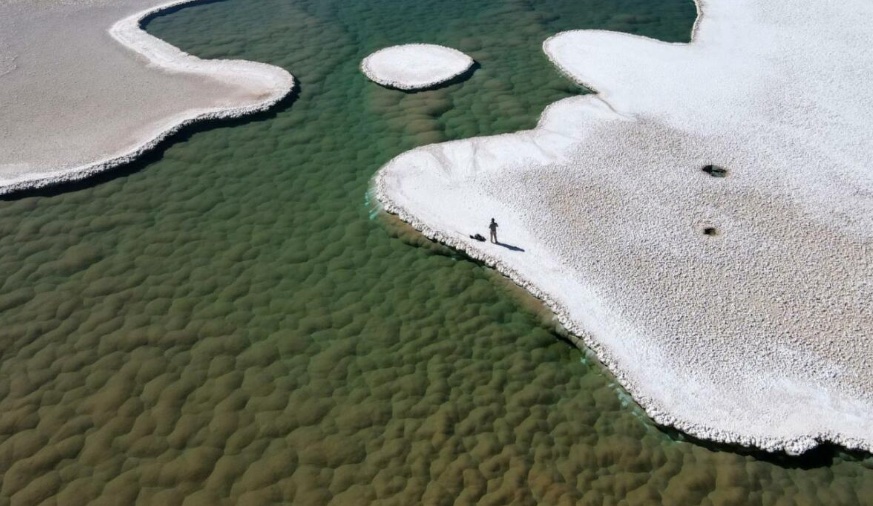
Stromatolites are rocky masses of layers of calcareous material and sediment formed by the prolific growth of cyanobacteria.
They date back to the earliest part of Earth’s history about 3.5 billion years ago.
Geologist Brian Hynek said: “They could be one of the best modern examples of the earliest signs of life on Earth”.
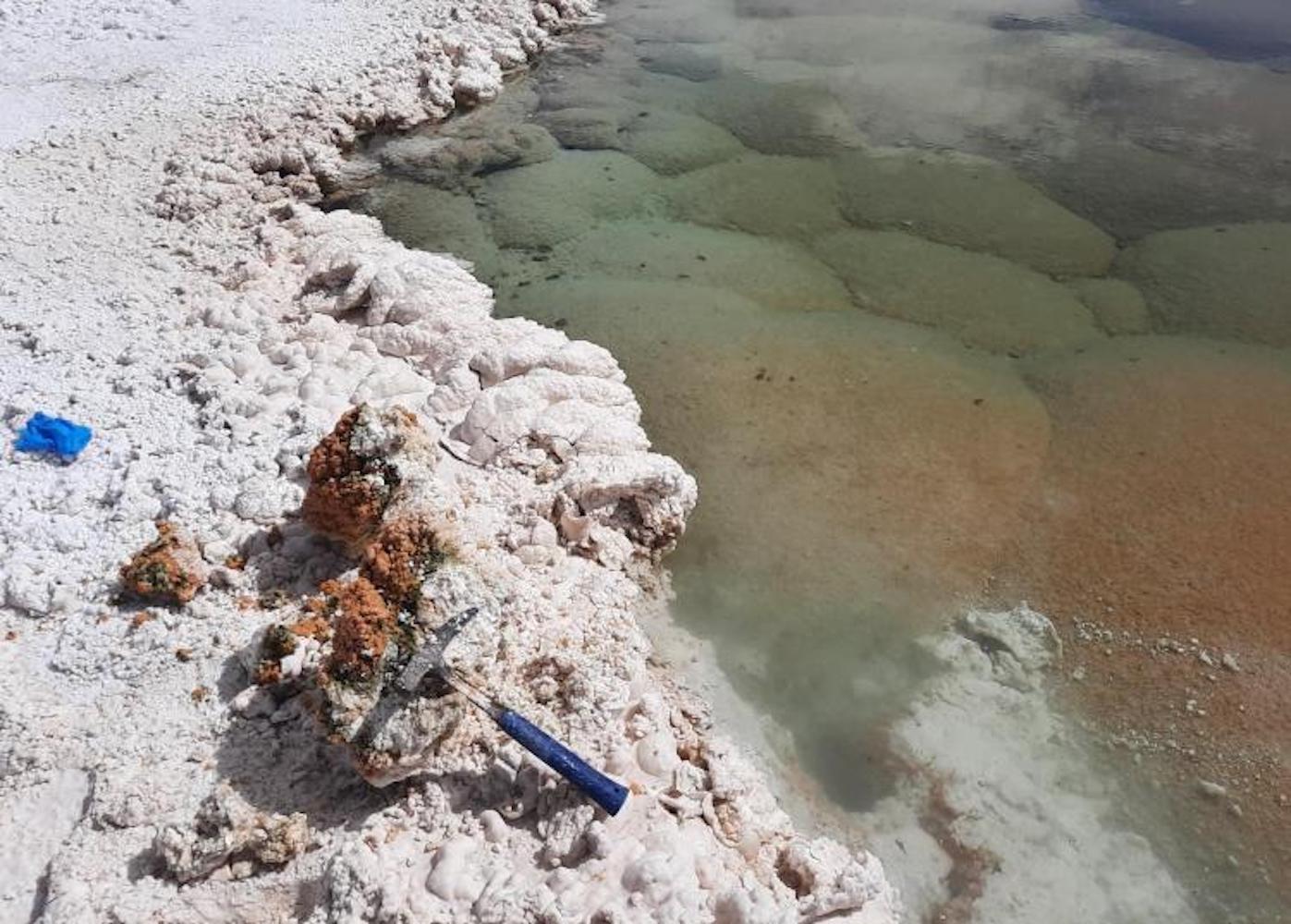
The far-flung area is spread over 25 acres in Argentina’s Atacama Plateau, near the Chile-Bolivia border.
Mr Hynek, who teaches at the University of Colorado Boulder, in the city, US, said: “It’s just amazing that you can still find undocumented things like that on our planet.”
- Advertisement -
Some of the stromatolites he found were about 15 feet across and resembled giant green mounds.
Modern stromatolites exist but are much smaller than their ancient counterparts.
Hynek believes the unforgiving environment of the Atacama Plateau resembles the harsh conditions on ancient Earth.
- Advertisement -
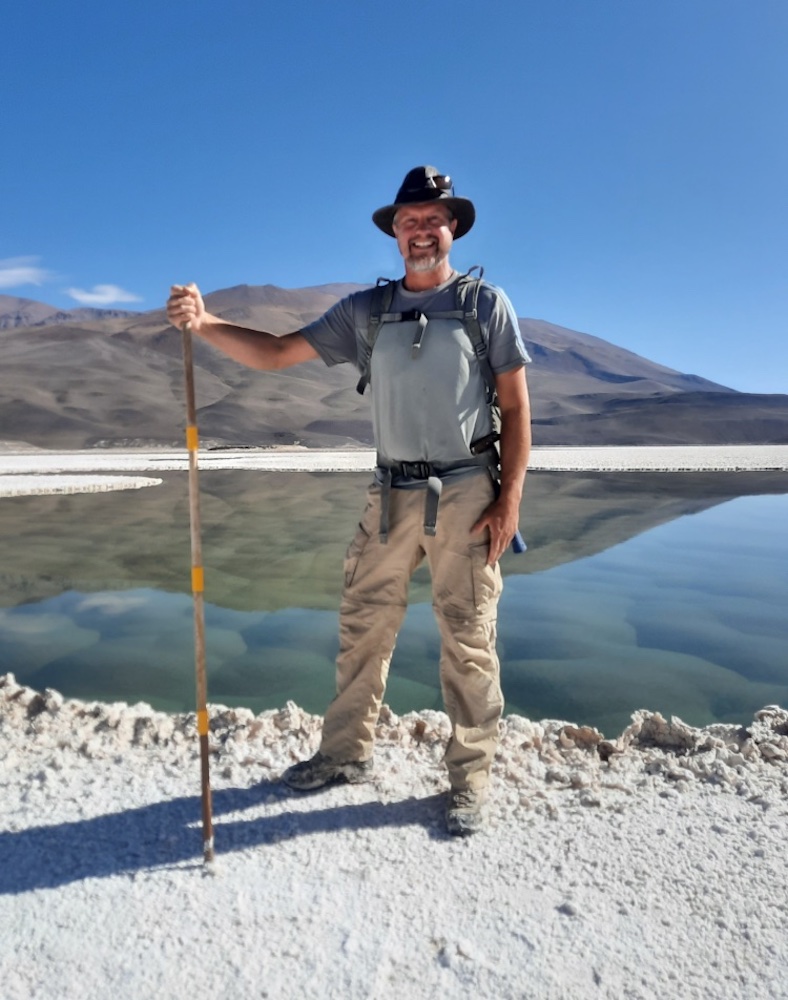
There, the lagoons’ salty, acidic waters are exposed to high levels of solar radiation.
The remarkable find may help in the search for life on Mars.
The professor said: “Understanding these modern communities on Earth could inform us about what we should look for as we search for similar features in the Martian rocks.”
He and co-researcher Maria Farías – a microbiologist – hope to carry out further experiments at the site before lithium mining begins there.
READ MORE: Pendant carved 42,000 years ago may be world’s first phallic art








